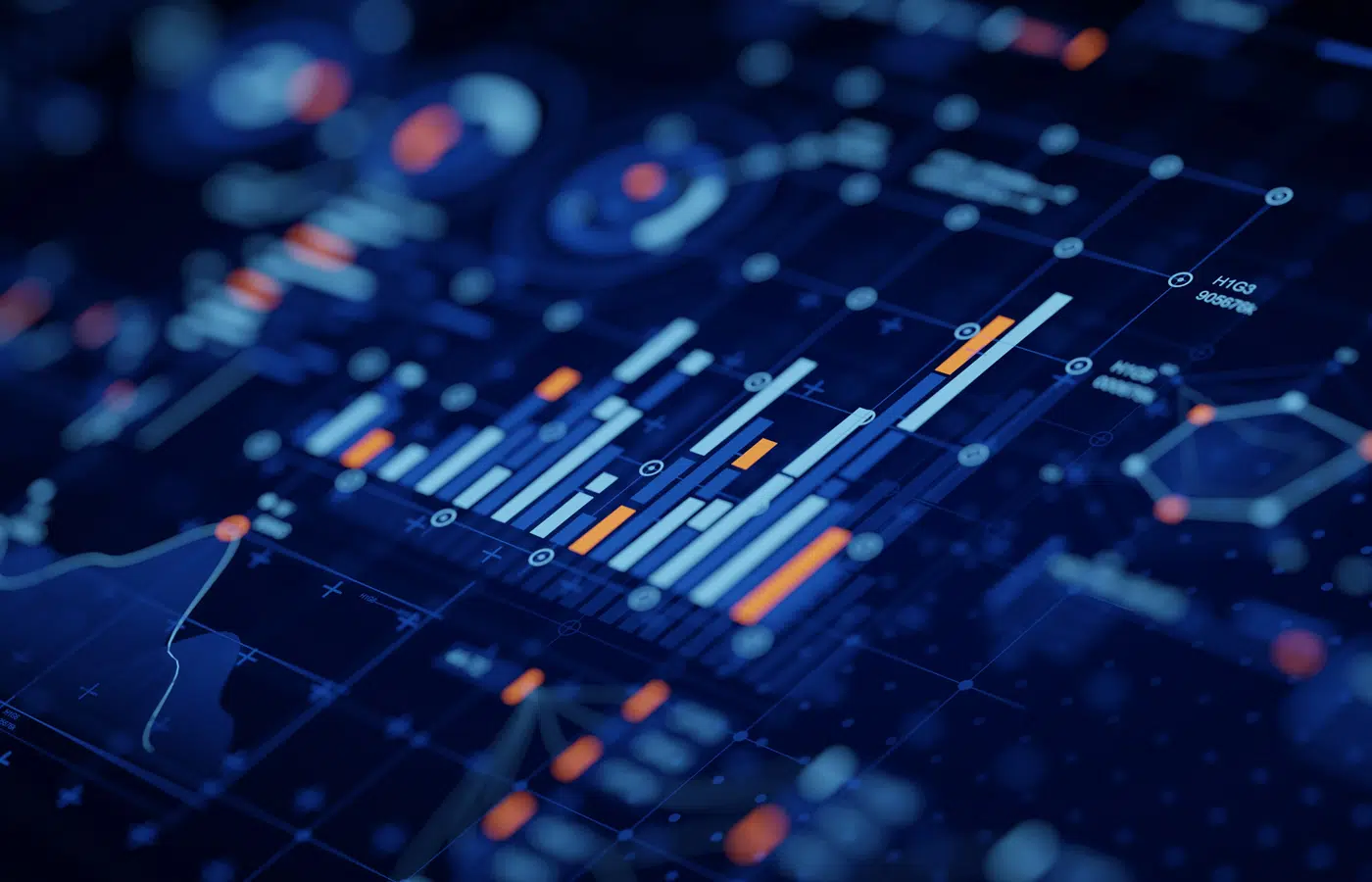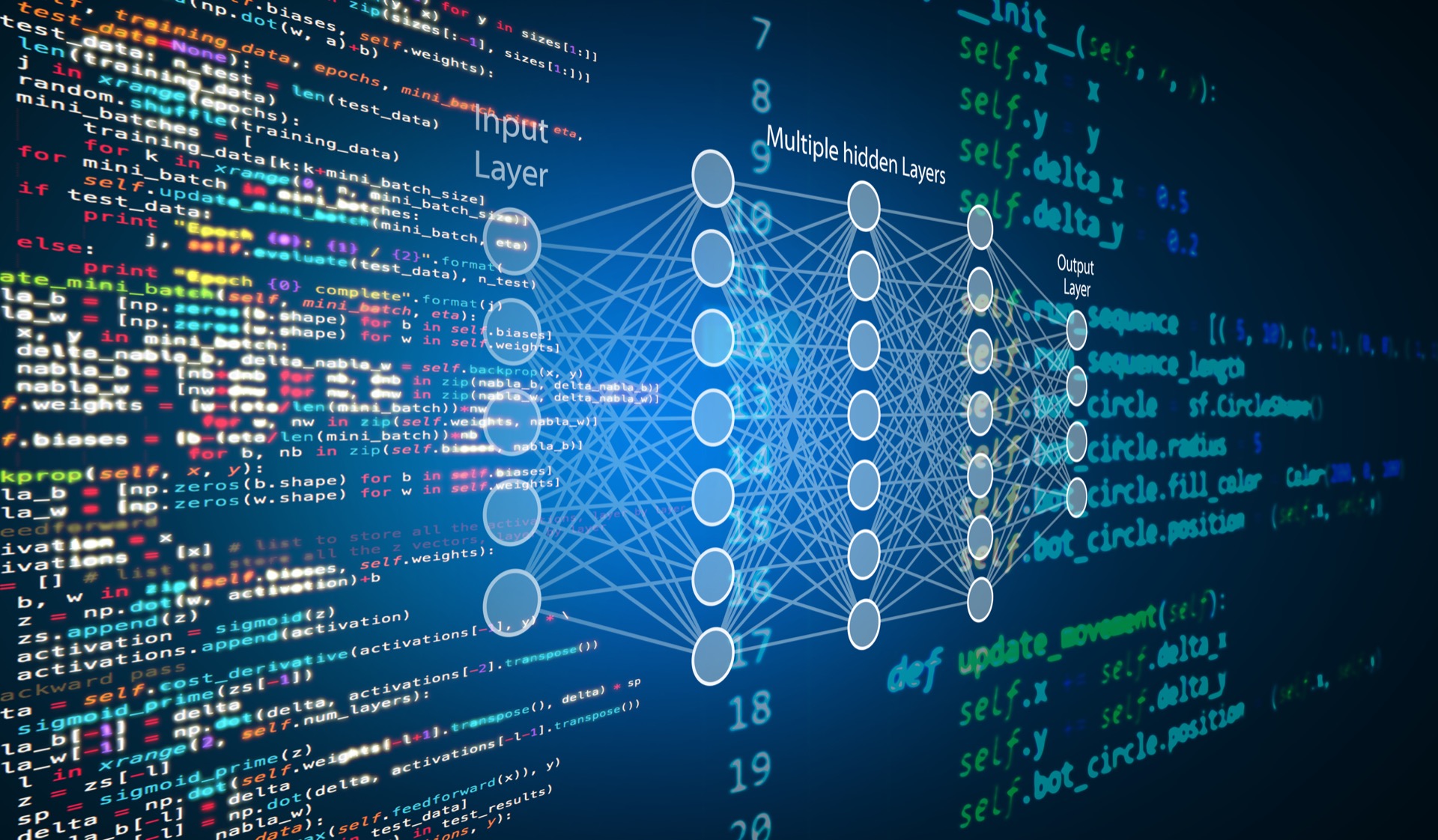The tools most commonly used in Data Science and AI in 2024
In 2024, Data Science and Artificial Intelligence (AI) continue to evolve rapidly, and the tools used by professionals in these fields reflect technological advances as well as the growing need for data processing and analysis. Whether it's for manipulating massive data, machine learning or creating predictive models, certain tools stand out for their efficiency and adaptability. Here are the main tools dominating the data science and AI landscape this year.

1. Python: the essential language
2. SQL : The essentials for managing databases
3. Jupyter notebooks: The standard for exploration and sharing
4. TensorFlow and PyTorch: The leaders in deep learning
5. Tableau and Power BI: Data visualisation made easy
6. Apache Spark: Massive data processing
7. Azure, AWS and Google Cloud Platform: The cloud platforms
8. Docker and Kubernetes: Containerisation and model orchestration
Conclusion: A constantly evolving toolbox
Our training courses for Data
Discover our 5 to 10 week data bootcamp to become an expert and launch your career.Bootcamp
About you
The tools most commonly used in Data Science and AI in 2024
remaining space
from at
Thank you for your application.
Next steps
Choose your session
Others news in this theme
How to get started in Data Science: key stages and skills
Discover the essential steps for launching your career in Data Science: technical and mathematical skills, practical projects, in-house tools,...
Read more
Data Product Manager vs Data Scientist: what are the differences?
Today, data plays a key role in decision-making, and two professions stand out for their ability to exploit it effectively: Data Scien...
Read more
Data Engineering vs Data Science: what are the differences?
With the rise of data in all sectors, two key professions have emerged: Data Engineering and Data Science. Although their missions are different,...
Read more


